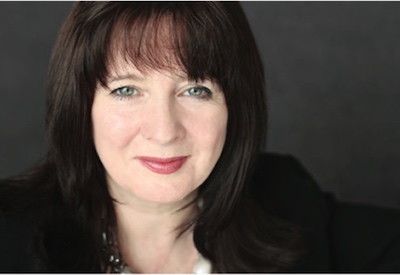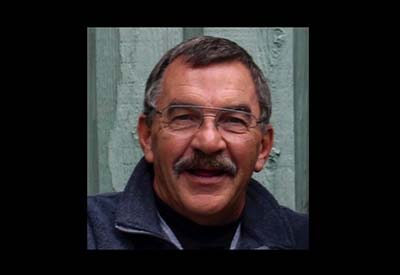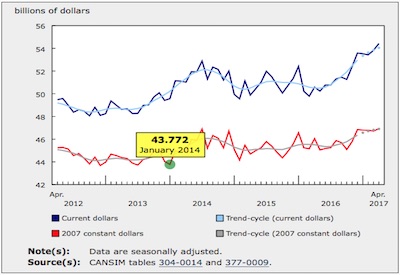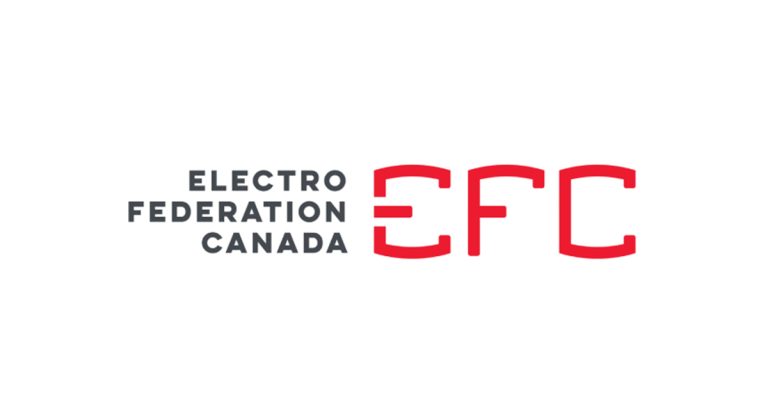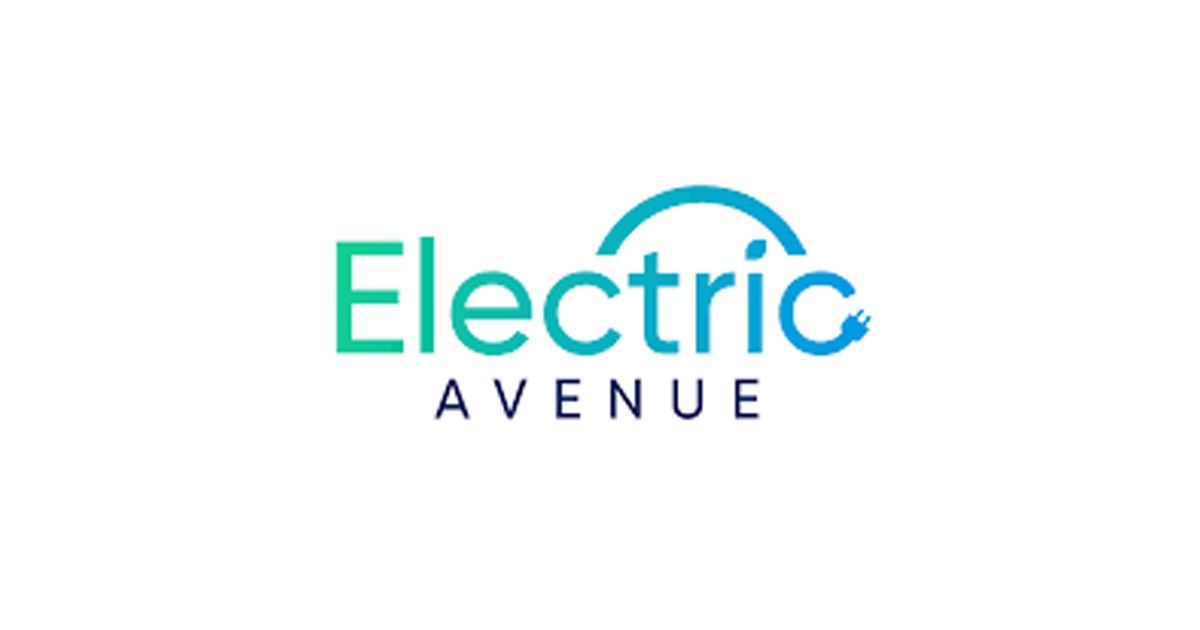What Any Small Company Can Learn from Big Companies
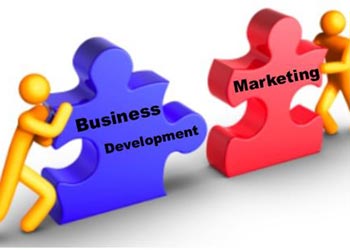
Before joining the electrical trade, I had the chance to work with over 20 companies as a management coach. During five years of consulting, I saw some companies that were doing great, some good, others not so good, and a few that were just trying to survive until the next order. Now what is the difference between the ones that were thriving and the ones that were barely surviving (or about to close)?
Sometimes taking a step back from our day-to-day grind is not only refreshing, but often essential in determining our next step as a business.
When we look at most companies, three majors principles summarize the efforts we put in every day:
1. Operational excellence — how can I reduce the cost of what I’m producing today?
2. Business development — how do I grow my current clients and who will buy from me tomorrow?
3. Innovation or product leadership — what will clients be buying tomorrow?
In a company like Stelpro, these three principles are challenged every week. Our production team along with our continuous improvement team look at our supply chain process continuously to understand how we can improve safety issues, quality control and work methods to not only improve the cost of each part made but to also do it in a safer way while continuously improving quality.
Our sales team is dedicated to serving our distribution branches network, pleasing the end user (contractors) and always looking to understand why some contractors buy from us and some don’t.
Our R&D department will look at market outlook, technical innovations and equipment improvement to come up with new, better and cheaper ways to please clients with electrical heating needs.
With over 430 full-time employees, it is necessary to have a micro and macro view of the organization. But how can electrical contractors improve their business with the same approach?
Operational excellence
Three aspects will influence your operational excellence:
1. Management system — the entire management tools in your organization
2. Communication structure — when, what and how do I communicate with my management and employees
3. Management behaviour — is the behaviour of my management value-added or non-value added (proactive or reactive)
The details of these three aspects will be explored further in my next article. For now, understand that they all contribute to one goal: reducing the cost of what I’m producing or offering.
The best place to start is to look at lost time. How much time do my people spend waiting for parts? Is everybody ready to go in the morning? Are my people working on the right priorities? Any good manufacturing excellence book could teach you a lot about solutions to these problems: optimizing the tool belt, optimizing the space in each contractor’s truck, making sure we have a secondary assignment list if the project stops. Do I have the right person working on the right job?
The oldest and best way to find lost time is to stand with a notepad and watch your people work. Write down how much time they spend working and how much time doing other things, such as pacing, searching, trying to understand, etc.), write down the result (biggest lost time), and brainstorm for solutions.
The golden rule of operational excellence is “What we do not control, we do not measure.” A good place to start for a contractor would be to create categories of calls (e.g., service call, emergency call, project) and categorize the hours worked by each electrician each week. Quickly (after a few weeks), a trend will appear. The same guys will tend to do the same kind of calls. Also, the number of calls will trend from electrician to electrician.
Once you have a few weeks of data, start setting a measurable and attainable objective. For example, a 10% increase in overall number of calls done per electrician. Financial compensation can be attached to the goal attainment but contrary to popular beliefs it is not necessary. We are simple as human beings: having a simple goal is often enough to improve our performance.
This video offers great insights in what really motivates us: http://www.youtube.com/watch?v=u6XAPnuFjJc
Once your employees understand what they need to do to improve and why they need to improve, everybody will be working in the same direction and thus make it easier for change to happen.
Salaries are often a company’s #1 expense.
Business development
So many avenues are offered to every type of business these days: postal mailing, internet ads, newspapers, etc. The key is to never stop. If you haven’t had a meeting with a new client in more than a week, than your business is not going to grow in the long run.
The first step is to understand who is in charge of business development in your organization. If you have less than 10 employees, chances are it’s the founder/owner. Small business tends to see business development as a cost. It should be seen as an investment.
Just as with operational excellence, business development should be measured to understand the best investments. You don’t know how to measure it? Ask every new client how they heard about your company. I promise that come December 31, you will know exactly where to invest in the coming year.
Best indicator to start: what is my return on investment for every dollar I spend? This year I spent $2,000 on a newspaper ad, $6,000 on a radio commercial, and $2,000 on flyers for a total of $10,000. These ads combined to produce $120,000 of new business. So, for every dollar I spend on publicity, I get $12 back in business. If you make good decisions and review your strategy, this number could go up to $20, $30 even $100 for every dollar spent. If you sleep on it and never think about it, this number will dwindle down and pretty soon you will be throwing money away.
Always remember those horror stories of small companies who start dealing with Wal-Mart. After a few months Wal-Mart is buying close to 100% of their production. When you have a client with over 50% of your business you are overexposed. Keep yourself diversified and always keep meeting new clients.
Sales should always be a top priority. The day you stop developing your market is the day your company starts dying. Business owners often see this as a useless expense because they do not measure the return on investment.
Innovation or product leadership
Remember all those primary school art classes in which you started with a blank piece of paper, a pot of glue, a pair of scissors and the whole world in front of you to create something spectacular? The result may not have always been impressive, but applying creativity to your business could mean the difference between thriving, simply surviving or slowly dying.
We often hear, “I’m a technical person, not an artist” or “I’m not a creative person.” FALSE! Creativity is linked to the elasticity of the brain, meaning, just like your 1 rep max bench press, it needs to be exercised to improve. How do I exercise my creativity? Let you walls down, try new things: drawing, reading, brainstorming with your team, take a different route to work tomorrow. All those means and hundreds of others will take you out of your comfort zone and train your brain to come up with new ideas.
Creativity and innovation can be applied to all aspects of any business. In the case of an electrical contractor, ask yourself, “What will make me different?” Think in terms of customer experience. Do I present my company the right way? How do I thank my clients and get feedback on the job we did? What is a prospective client’s first impression when meeting me or someone from my company?
There is no magic recipe for spontaneously stimulating creativity. Some will find it while doing something odd like gardening or yoga; others, while exchanging ideas with their peers. Whatever works for you is the right solution.
Here is a great video on “creative confidence.” It helps us understand why some people apply their news ideas and some don’t:
http://www.ted.com/playlists/11/the_creative_spark.html
To find news ideas, you need a new setting.
Conclusion
When looking to improve your company’s profitability, focus on the basics. These three simples principles should help any business in achieving steady and solid growth. Always remember: “The day you stop growing is the day you start dying.” Next month: more on the different aspects of operational excellence.
Justin Fugère is Stelpro’s Territory Sales Manager — Electrical Distribution for Quebec. Before joining Stelpro, Justin served as a business coach, management consultant and financial planner; Tel: 450-441-0101 450-441-0101, ext. 208; j.fugere@stelpro.com
450-441-0101, ext. 208; j.fugere@stelpro.com

